Studies On Residential Power Line Noise - Part 3- PS Audio Power Plant Premier

DarqueKnight
Posts: 6,765
Introduction
In this report, the effects of a power line conditioner, the PS Audio Power Plant Premier, is evaluated. Part 1 of this series is here. Part 2 is here.
There are many options available to the audio/video enthusiast for power conditioning. Most of these products are designed for commercial, professional audio, and laboratory applications. Many are considerably less expensive than the "audiophile/videophile" power conditioning products offered by such companies as PS Audio and Shunyata. Others are much more expensive. Typically, the audiophile/videophile oriented power conditioners offer a range of features, convenience, and aesthetic appeal that is unavailable, at any price, from products oriented toward the commercial, professional audio, and laboratory markets. The PS Audio Power Plant Premier (PPP) has an MSRP of $2195. It can be found on the used market for as low as $1000. There are high quality commercial power conditioning products that will do basically the same thing the PPP does for hundreds less than the PPP's lowest used market price. Unfortunately, most of the commercial class power conditioners have little to no aesthetic appeal and would become eye sores if placed in any type of residential living space. Aside from the aesthetic drawbacks of commercial class power conditioners, which can be considerable, there may also be issues with heat generation and noise. After all, the manufacturers of these products did not have the audiophile and videophile in mind when designing them. The high performance audio and video market is far too small of a niche to be of interest to such companies.
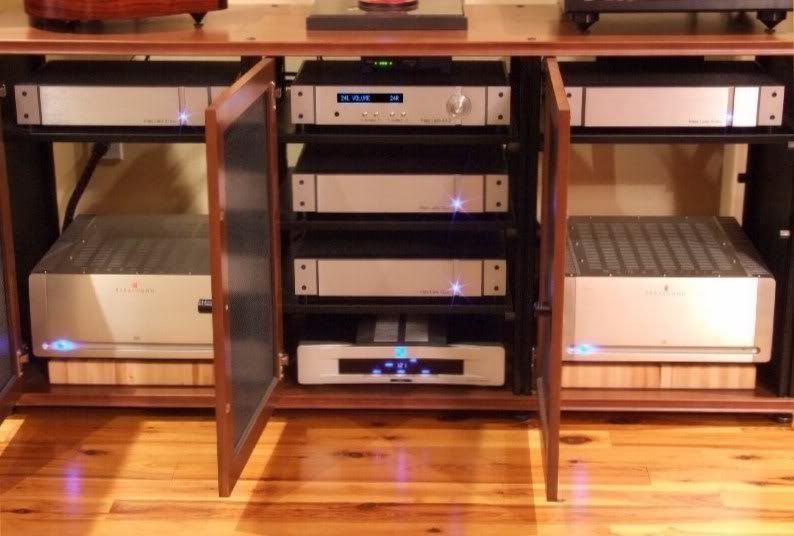
Figure 1. The Power Plant Premier was a welcome functional and aesthetic addition to my home audio system. It made a significant improvement in my system's spatial rendering performance.:)
Ergonomics
The PPP is a low profile 17" wide component and is available in black or silver face. It can be placed on a standard audio equipment rack shelf. It weighs 35 pounds and is ruggedly constructed. It has two quiet, bottom mounted fans which typically do not come on unless the PPP is stressed. In my home audio system, the four components connected to it (SACD player, preamp, phono preamp, and turntable battery charger) have a combined power draw of 140 watts and a combined current draw of 1.2 amps. Since this is less than 1/10th the 1500 watt capacity of the PPP, I don't expect that the fan will ever come on while in operation, although the fans do spin briefly when the unit is first turned on.
The owner's manual is well written and is printed on high quality gloss enamel paper and illustrated with color photographs.
The PPP is plugged into one of the outlets on the original dedicated audio circuit. It shares that circuit with my wireless networking equipment. Two additional dedicated 20A circuits serve the Parasound Halo JC 1 amplifiers.
You might think that placing the PPP between two class A idling amps would be stressful due to the heat generated. Fortunately, the heat coming off the JC 1's heat sinks flows straight upward. The space between the amps is at room temperature. In fact, I have to place my fingertips as close as 1/4 inch from a heat sink side in order to feel any heat radiation, even though their idling temperature is 108 degrees. Of course, the space above the heat sink stays toasty warm. The sides of the PPP remain cool at all times. The vented center portion of the case top remains at 94 degrees at all times, no matter how long or how hard I run the system. I ran the PPP fully loaded in my home theater system for over an hour and the case top only reached 103 degrees. That was 1 degree cooler than the idling temperature of my home theater preamp/processor.
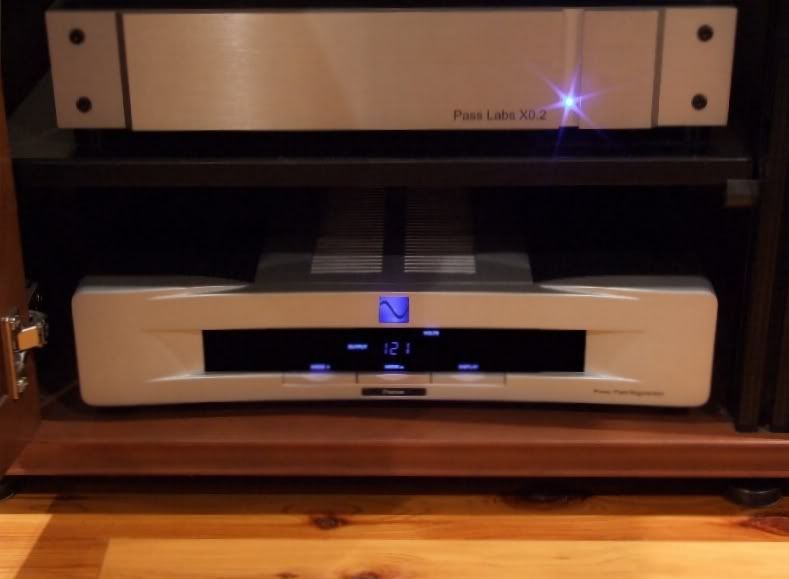
Figure 2. I did not like the relatively dim numeric voltage display.
The PPP features an alpha-numeric display that shows input and output voltage, input and output total harmonic distortion, and a few other things. The display is actually dimmer than it appears in figure 2. The brighter appearance is due to the long exposure time (4 seconds) of the photograph. The center portion of the display where the numbers appear is very dim compared to the words (e.g. "input", "output") that appear in areas around the center portion of the display. I initially thought something was wrong with my unit's display because all the advertising photos show the center numeric display to be bright. Perusing the PS Audio forums revealed that other purchasers had the same concern and that the numeric display is designed to be dimmer than the words. PS Audio does not give a reason for this.

Figure 3. I see you. The "secret" trim pot for adjusting output voltage (the little blue thing).
I am not a big fan of "hidden" features. In fact, I despise them. The PPP is adjusted at the factory to provide the appropriate output voltage (120v/230v). The output voltage can be adjusted, if necessary, by turning tiny potentiometer on the case bottom near the front. This potentiometer is not mentioned in the manual. Its location and function is discussed on the PS Audio forums. The voltage for North American models can be increased up to a maximum of 135 volts. Maybe PS Audio didn't mention it out of concern that some people, possessed of a "more is better" mentality, would want to set the output voltage on 135 thinking that if 120 volts is good, 135 volts must be better.
The output voltage of my PPP would fluctuate between 120 and 121 volts when first turned on, then settle down to 121 volts. I did not feel compelled to fiddle with the trim pot because my house voltage is usually 121 volts.
The display functions can be accessed/changed by the remote control. The unit can also be turned on and off from the remote.
Test Procedure
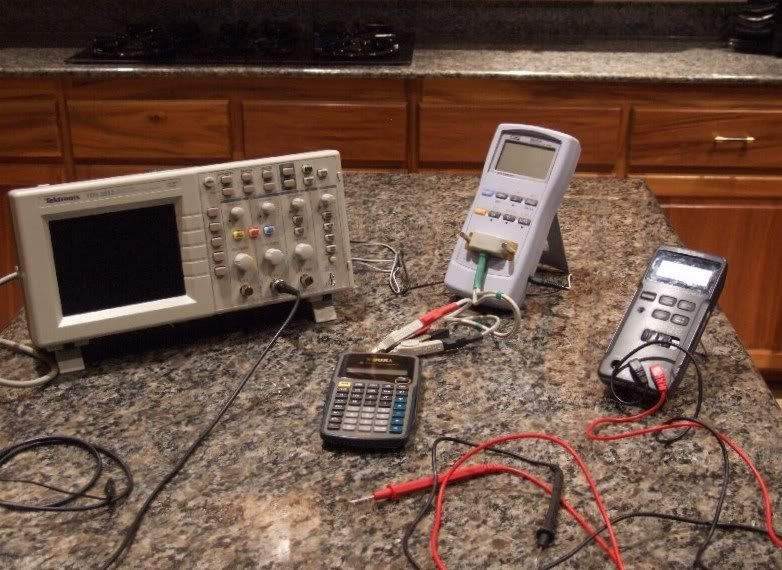
Figure 4. Come on in Mr. Power Plant Premier. We've been expecting you.
Input and output power waveforms were evaluated with a Tektronix model TDS 2012 oscilloscope. The PPP was first evaluated in my home theater system and then in my home audio system. Each vertical dot on the Fast Fourier Transform (FFT) plots represents 10 dB of magnitude. Each horizontal dot represents 10 Hz of frequency.
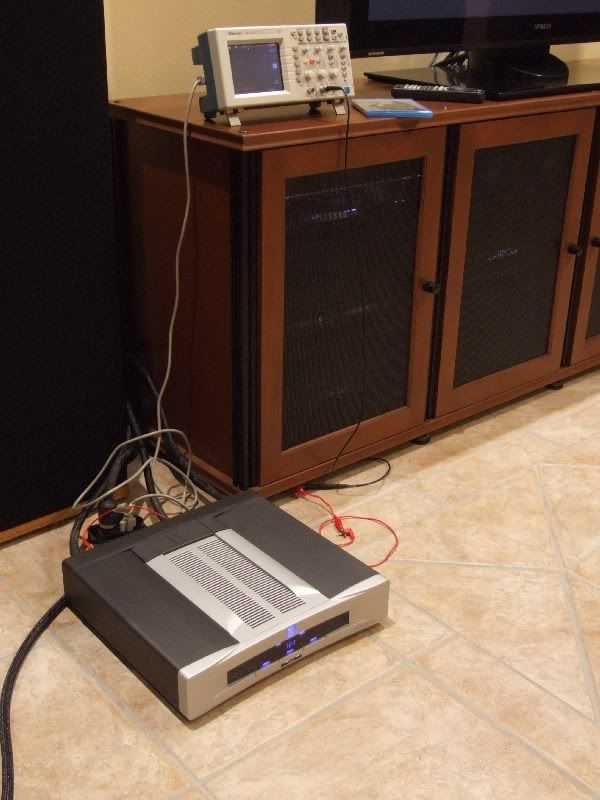
Figure 5. This is actually a picture of me being mean.
The plasma TV, Blu-ray disc player, preamp/processor, and three power amps were plugged into the PPP. Those six devices represented a total potential power load of 1525 watts. This was 25 watts over the PPP's maximum power spec. The Blu-ray version of "Casino Royale" was used to evaluate audio and video quality.
The home theater system is on a dedicated 20A circuit. There are 15 other devices on the circuit: plasma television, thirteen devices in the HT equipment cabinet, and the powered subwoofer across the room. When watching movies, only the three power amps (Adcom GFA-5500's), TV, Blu-ray player, preamp processor, and subwoofer are on. I really need to add another dedicated circuit.:(
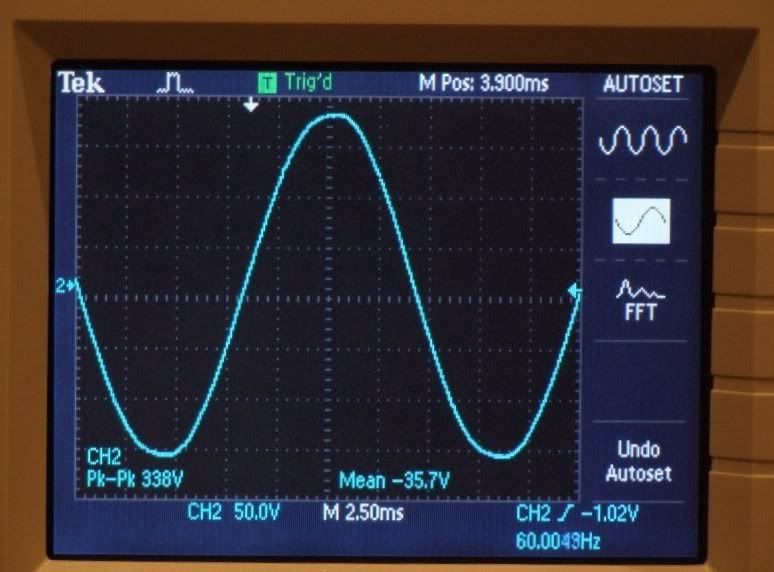
Figure 6. Sine wave plot of the power coming out of the wall with all HT components turned off.

Figure 7. FFT plot of the power coming out of the wall with all HT components turned off.
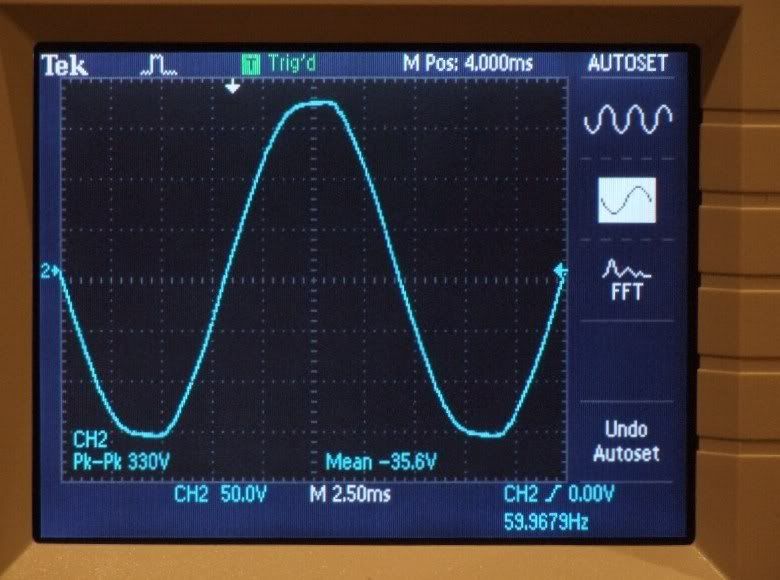
Figure 8. Sine wave plot of the power coming out of the wall with all HT components turned on and playing. Voltage would dip down as low as 117 volts.
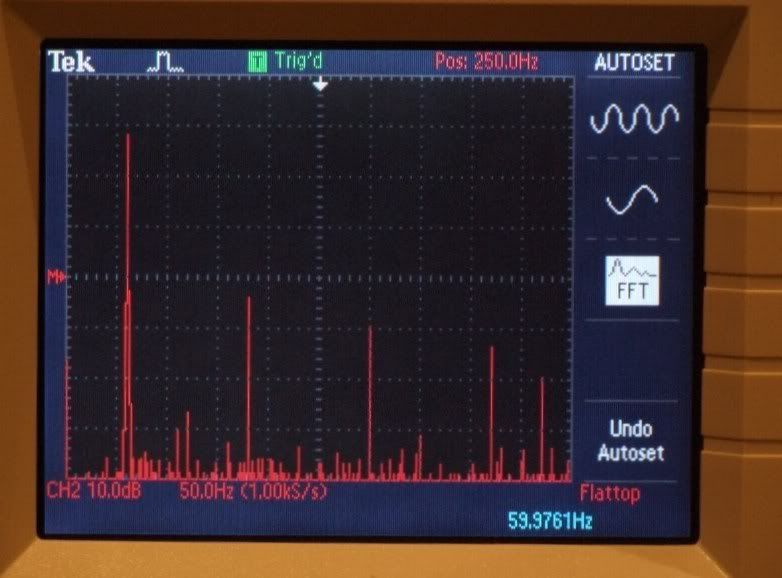
Figure 9. FFT plot of the power coming out of the wall with all HT components turned on and playing.
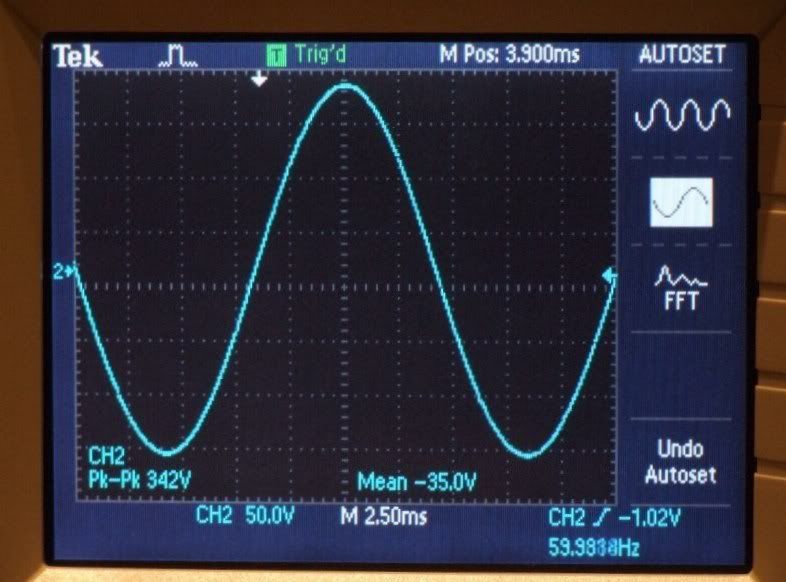
Figure 10. Sine wave plot of the PPP's output with HT equipment on and playing.
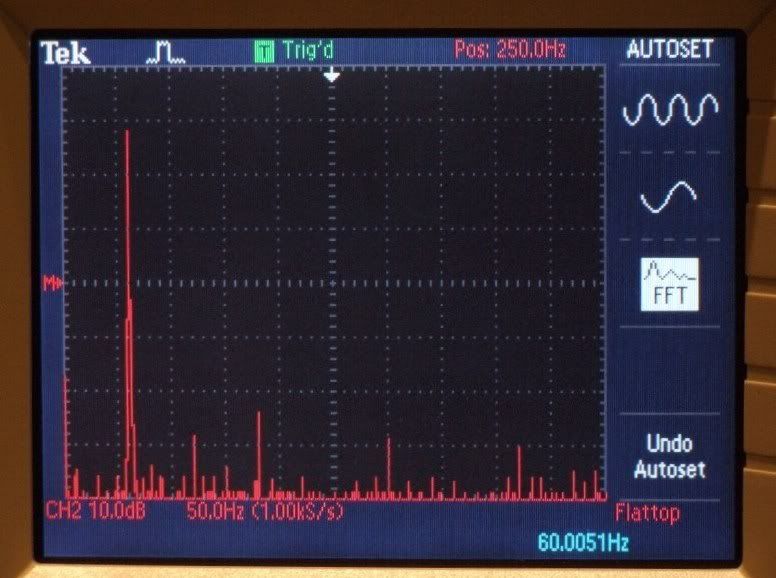
Figure 11. FFT plot of the PPP's output with HT equipment on and playing.
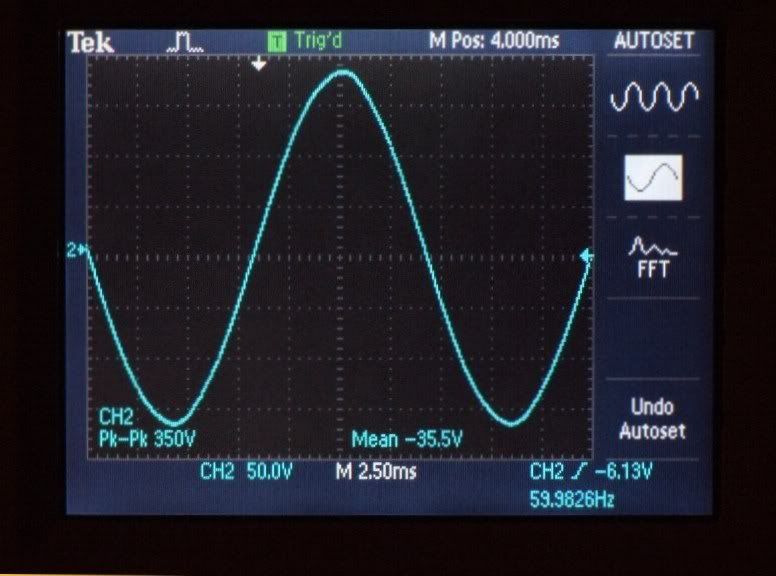
Figure 12. Sine wave plot of the PPP's output during an explosion scene from
"Casino Royale".
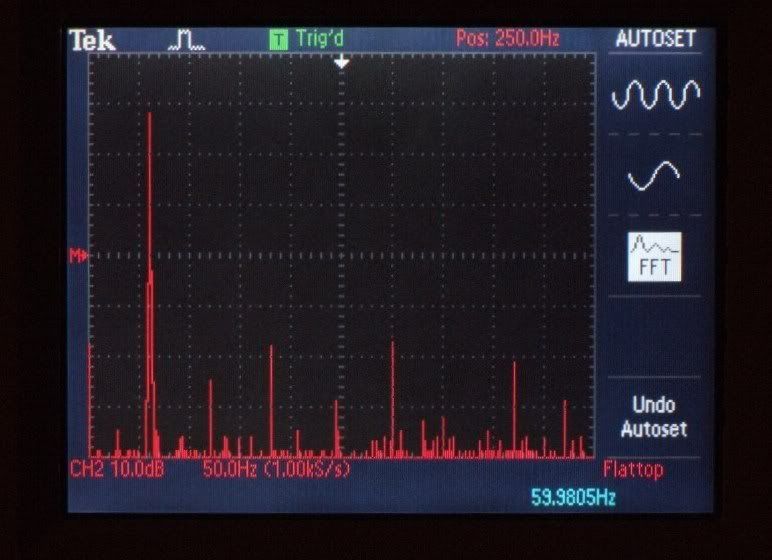
Figure 13. FFT plot of the PPP's output during an explosion scene from "Casino
Royale".
Discussion Of Home Theater Test Results
Turning on all of the HT gear resulted in severe deformation of the sine wave peaks (figure 8) due to harmonic distortion. Comparing the FFT plots in figures 7 and 9, we see a 2 dB increase in the DC component, a 2 dB increase in the 3rd harmonic, a 5 dB increase in the 5th harmonic, a 6 dB increase in the 7th harmonic, and a 3 dB increase in the 470 Hz utility company control tone. In addition to the significant increase in noise magnitude there was also an increase in noise density.
In this report, the effects of a power line conditioner, the PS Audio Power Plant Premier, is evaluated. Part 1 of this series is here. Part 2 is here.
There are many options available to the audio/video enthusiast for power conditioning. Most of these products are designed for commercial, professional audio, and laboratory applications. Many are considerably less expensive than the "audiophile/videophile" power conditioning products offered by such companies as PS Audio and Shunyata. Others are much more expensive. Typically, the audiophile/videophile oriented power conditioners offer a range of features, convenience, and aesthetic appeal that is unavailable, at any price, from products oriented toward the commercial, professional audio, and laboratory markets. The PS Audio Power Plant Premier (PPP) has an MSRP of $2195. It can be found on the used market for as low as $1000. There are high quality commercial power conditioning products that will do basically the same thing the PPP does for hundreds less than the PPP's lowest used market price. Unfortunately, most of the commercial class power conditioners have little to no aesthetic appeal and would become eye sores if placed in any type of residential living space. Aside from the aesthetic drawbacks of commercial class power conditioners, which can be considerable, there may also be issues with heat generation and noise. After all, the manufacturers of these products did not have the audiophile and videophile in mind when designing them. The high performance audio and video market is far too small of a niche to be of interest to such companies.

Figure 1. The Power Plant Premier was a welcome functional and aesthetic addition to my home audio system. It made a significant improvement in my system's spatial rendering performance.:)
Ergonomics
The PPP is a low profile 17" wide component and is available in black or silver face. It can be placed on a standard audio equipment rack shelf. It weighs 35 pounds and is ruggedly constructed. It has two quiet, bottom mounted fans which typically do not come on unless the PPP is stressed. In my home audio system, the four components connected to it (SACD player, preamp, phono preamp, and turntable battery charger) have a combined power draw of 140 watts and a combined current draw of 1.2 amps. Since this is less than 1/10th the 1500 watt capacity of the PPP, I don't expect that the fan will ever come on while in operation, although the fans do spin briefly when the unit is first turned on.
The owner's manual is well written and is printed on high quality gloss enamel paper and illustrated with color photographs.
The PPP is plugged into one of the outlets on the original dedicated audio circuit. It shares that circuit with my wireless networking equipment. Two additional dedicated 20A circuits serve the Parasound Halo JC 1 amplifiers.
You might think that placing the PPP between two class A idling amps would be stressful due to the heat generated. Fortunately, the heat coming off the JC 1's heat sinks flows straight upward. The space between the amps is at room temperature. In fact, I have to place my fingertips as close as 1/4 inch from a heat sink side in order to feel any heat radiation, even though their idling temperature is 108 degrees. Of course, the space above the heat sink stays toasty warm. The sides of the PPP remain cool at all times. The vented center portion of the case top remains at 94 degrees at all times, no matter how long or how hard I run the system. I ran the PPP fully loaded in my home theater system for over an hour and the case top only reached 103 degrees. That was 1 degree cooler than the idling temperature of my home theater preamp/processor.

Figure 2. I did not like the relatively dim numeric voltage display.
The PPP features an alpha-numeric display that shows input and output voltage, input and output total harmonic distortion, and a few other things. The display is actually dimmer than it appears in figure 2. The brighter appearance is due to the long exposure time (4 seconds) of the photograph. The center portion of the display where the numbers appear is very dim compared to the words (e.g. "input", "output") that appear in areas around the center portion of the display. I initially thought something was wrong with my unit's display because all the advertising photos show the center numeric display to be bright. Perusing the PS Audio forums revealed that other purchasers had the same concern and that the numeric display is designed to be dimmer than the words. PS Audio does not give a reason for this.

Figure 3. I see you. The "secret" trim pot for adjusting output voltage (the little blue thing).
I am not a big fan of "hidden" features. In fact, I despise them. The PPP is adjusted at the factory to provide the appropriate output voltage (120v/230v). The output voltage can be adjusted, if necessary, by turning tiny potentiometer on the case bottom near the front. This potentiometer is not mentioned in the manual. Its location and function is discussed on the PS Audio forums. The voltage for North American models can be increased up to a maximum of 135 volts. Maybe PS Audio didn't mention it out of concern that some people, possessed of a "more is better" mentality, would want to set the output voltage on 135 thinking that if 120 volts is good, 135 volts must be better.
The output voltage of my PPP would fluctuate between 120 and 121 volts when first turned on, then settle down to 121 volts. I did not feel compelled to fiddle with the trim pot because my house voltage is usually 121 volts.
The display functions can be accessed/changed by the remote control. The unit can also be turned on and off from the remote.
Test Procedure

Figure 4. Come on in Mr. Power Plant Premier. We've been expecting you.
Input and output power waveforms were evaluated with a Tektronix model TDS 2012 oscilloscope. The PPP was first evaluated in my home theater system and then in my home audio system. Each vertical dot on the Fast Fourier Transform (FFT) plots represents 10 dB of magnitude. Each horizontal dot represents 10 Hz of frequency.

Figure 5. This is actually a picture of me being mean.
The plasma TV, Blu-ray disc player, preamp/processor, and three power amps were plugged into the PPP. Those six devices represented a total potential power load of 1525 watts. This was 25 watts over the PPP's maximum power spec. The Blu-ray version of "Casino Royale" was used to evaluate audio and video quality.
The home theater system is on a dedicated 20A circuit. There are 15 other devices on the circuit: plasma television, thirteen devices in the HT equipment cabinet, and the powered subwoofer across the room. When watching movies, only the three power amps (Adcom GFA-5500's), TV, Blu-ray player, preamp processor, and subwoofer are on. I really need to add another dedicated circuit.:(

Figure 6. Sine wave plot of the power coming out of the wall with all HT components turned off.

Figure 7. FFT plot of the power coming out of the wall with all HT components turned off.

Figure 8. Sine wave plot of the power coming out of the wall with all HT components turned on and playing. Voltage would dip down as low as 117 volts.

Figure 9. FFT plot of the power coming out of the wall with all HT components turned on and playing.

Figure 10. Sine wave plot of the PPP's output with HT equipment on and playing.

Figure 11. FFT plot of the PPP's output with HT equipment on and playing.

Figure 12. Sine wave plot of the PPP's output during an explosion scene from
"Casino Royale".

Figure 13. FFT plot of the PPP's output during an explosion scene from "Casino
Royale".
Discussion Of Home Theater Test Results
Turning on all of the HT gear resulted in severe deformation of the sine wave peaks (figure 8) due to harmonic distortion. Comparing the FFT plots in figures 7 and 9, we see a 2 dB increase in the DC component, a 2 dB increase in the 3rd harmonic, a 5 dB increase in the 5th harmonic, a 6 dB increase in the 7th harmonic, and a 3 dB increase in the 470 Hz utility company control tone. In addition to the significant increase in noise magnitude there was also an increase in noise density.
Proud and loyal citizen of the Digital Domain and Solid State Country!
Post edited by DarqueKnight on
Comments
-
Figures 10 and 11 show the sine wave and FFT plots at the output of one of the PPP's outlets. The sine wave is near perfect in shape. The FFT plot shows a drastic reduction in noise magnitude and density. Comparing the FFT plot of the power going into the PPP (figure 9) with the power coming out (figure 11) we have the following magnitudes:
Power In From Wall-
DC component: 0.69v
Fundamental 60 Hz frequency: 117.48v
120 Hz 3rd Harmonic frequency: 2.82v
300 Hz 5th Harmonic frequency: 1.36v
420 Hz 7th Harmonic frequency: 0.93v
470 Hz control tone: 0.45v
Power Out To Components-
DC component: 0.20v
Fundamental 60 Hz frequency: 121.62v
120 Hz 3rd Harmonic frequency: 0.29v
300 Hz 5th Harmonic frequency: 0.17v
420 Hz 7th Harmonic frequency: 0.14v
470 Hz control tone: 0.09v
The 3rd harmonic was reduced nearly 10 times (9.7X). The PPP's distortion meter showed total harmonic distortion of 2% for the wall power and 0.2% for the PPP's output power when the HT equipment was turned off. The PPP's distortion meter showed total harmonic distortion of 4.1% for the wall power and 0.4% for the PPP's output power when the HT equipment was turned on and running.
PS Audio recommends that the PPP be placed on a dedicated circuit if other audio or video components not connected to the PPP are on the circuit. The PPP increases the noise and harmonic distortion on the circuit it is attached to. The harder the PPP has to work, the more distortion and noise it will dump on the power line. While running my HT system, the harmonic distortion on the power line doubled.
The PPP's fan came on 20 minutes after the movie began playing and stayed on until two of the power amps were turned off. The case temperature rose to 103 degrees while under stress. The case temperature was 92 degrees while idling on the floor with the HT equipment turned off. Room temperature was 75 degrees. The movie's dialog completely obscured the fan noise from my seating position 13.5 feet away. If I came to within 6 feet of the PPP while dialog was playing, I could hear a soft "whooshing"I sound. Even if I muted the HT system's sound while the fans were running, the fan noise was not objectionably loud. However, I have read complaints on the PS Audio forum about loud fan noise on earlier PPP's. People shopping for a PPP on the used market should inquire about any issues with fan noise.
Home Theater Video And Audio Quality
I did not see any improvement in video quality with the PPP regardless of the picture source (high definition TV channel, standard DVD, or Blu-ray disc).
The improvement in audio quality was fantastic, even for the TV. Until this evaluation, I wasn't even aware that my TV's speakers could produce any bass. They certainly didn't produce any in the two and a half years I have owned the TV. As soon as the TV came on, I heard a fuller, richer sound coming from the speakers, and that was just with a hi def television program playing. Engaging the subwoofer along with the TV's speakers resulted in really nice sound. With the TV running off the PPP, I could actually stand to watch a movie with just the TV speakers running.
The TV speakers were muted and the sound for Casino Royale was played through the 5.1 speaker system from the beginning.
The roaring MGM lion was reproduced with a clarity and wealth of rumbling undertones that were previously unavailable on my HT system.
When Bond first confronts the Prague section chief at the beginning of Casino Royale he makes this remark:
"M really doesn't mind you earning a little money on the side Dryden. She'd just prefer if it wasn't selling secrets."
There was a subtle malevolent rumble in Bond's voice that I had never heard before. It was mildly reminiscent of Darth Vader's voice.
I needed to turn the volume down 4 dB from the usual volume setting because of the real and perceived increase in volume due to the lowered noise floor.
The percussive power of the gunshots during the bathroom scene was startling.
The sound coming from the surround speakers sounded louder and better integrated with the front stage. There was more of a sense of being immersed in a thick, cohesive, detailed 360 degree sound field.
Reluctantly, after I had watched an hour and fifteen minutes of Casino Royale, it was time to power down and listen under the old regime. The fans slowed down drastically two minutes after two of the amps were turned off. The fans turned off completely after 12 minutes. I turned off the HT components and plugged everything back into the wall. The difference was like going back from a high performance turbo charged engine to the same engine, yet normally aspirated.:(
I really had no intention of purchasing a PPP for my HT system and only evaluated it there out of curiosity. I purchased a PPP, in black finish, for the HT system the next day. I will see if I can "get by" just running the TV and source components through the PPP and plugging the amps into the wall. The part of my brain that is not in denial is already bracing for the wallet ding of a second PPP and two additional dedicated outlets. I'll let the subwoofer have the original dedicated circuit to itself.
I'm glad that PS Audio had enough aesthetic sensitivity to make the PPP available in black and silver faces. If they were only available in black, I would not have bought one for my audio system. If they were only available in silver, I would not have bought one for my home theater system. I'm shallow like that.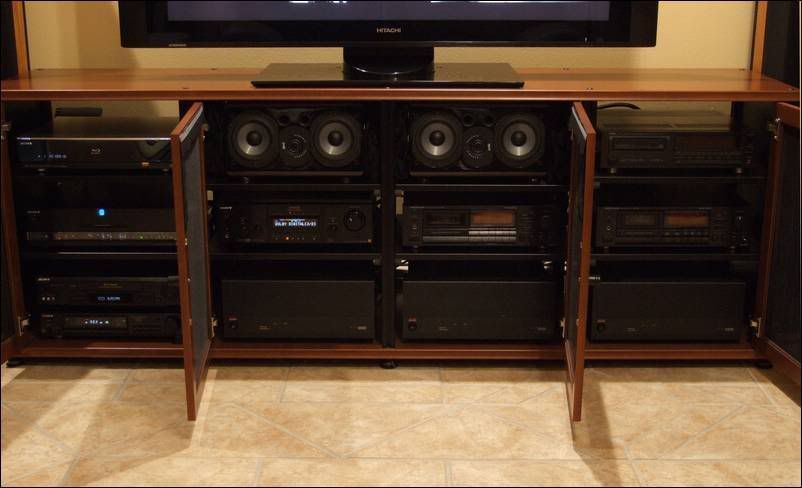
Figure 14. Imagine the aesthetic dissonance that would be caused by installing
a silver faced PPP here.:eek:
I sure have learned a lot about power infrastructure planning for my next house.
The Main Event: Evaluation of Power Plant Premier In Audio System
The residential grade receptacle on the left outlet of the original dedicated audio circuit was replaced with a PS Audio Power Port receptacle.
Figure 15. Sine wave plot of power from wall with PPP and wireless networking
gear plugged in. Audio system preamps and source components are plugged into
the PPP.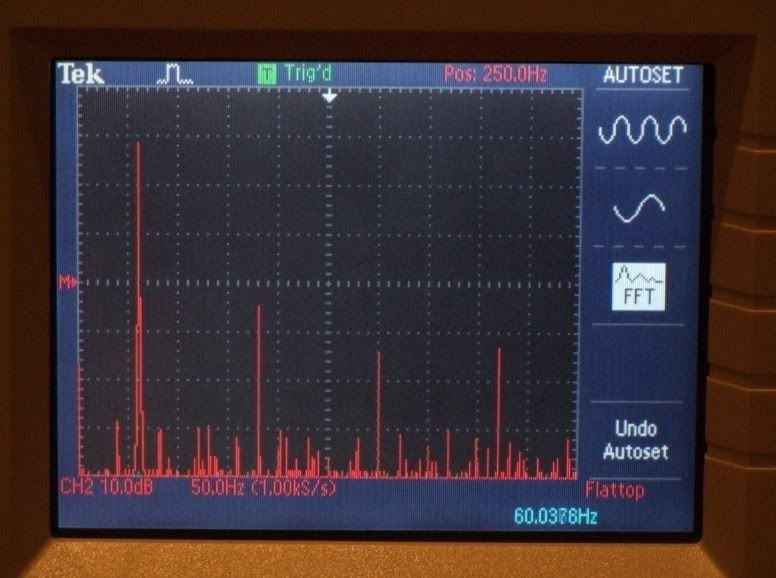
Figure 16. FFT plot of power from wall with PPP and wireless networking gear
plugged in. Audio system preamps and source components are plugged into
the PPP.
Figure 17. Sine wave plot of the power coming from the PPP.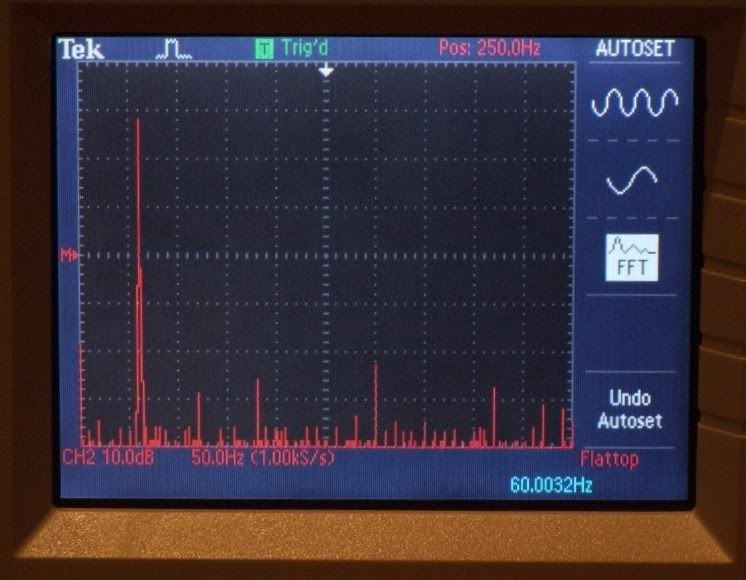
Figure 18. FFT plot of the power coming from the PPP.
Figures 15-18 show the differences in the wall and PPP output power. Note the extreme reduction in noise density and magnitude (figs. 16 and 18). The PPP measured 3% incoming total harmonic distortion and 0.3% outgoing.
In part 2 of this series, a 60 Hz test tone was measured at the input of the left speaker. The same 60 Hz tone was measured with the PPP powering the preamps and source components. Figure 20 (FFT with PPP) shows a significant reduction in noise density and magnitude around 60 Hz compared to figure 21 (without PPP). The magnitude of noise in the area of the 470 Hz utility company control tone was also significantly reduced. The DC component was reduced by 2 dB.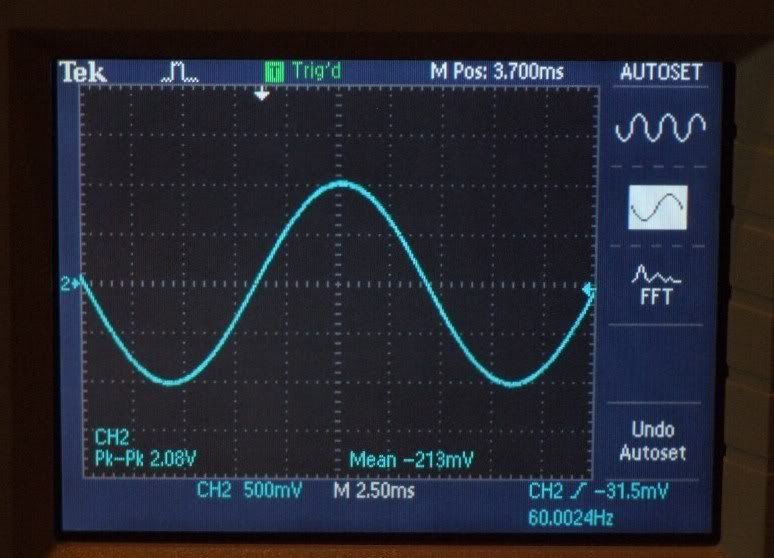
Figure 19. Sine wave plot of 60 Hz test tone at input of left speaker with PPP.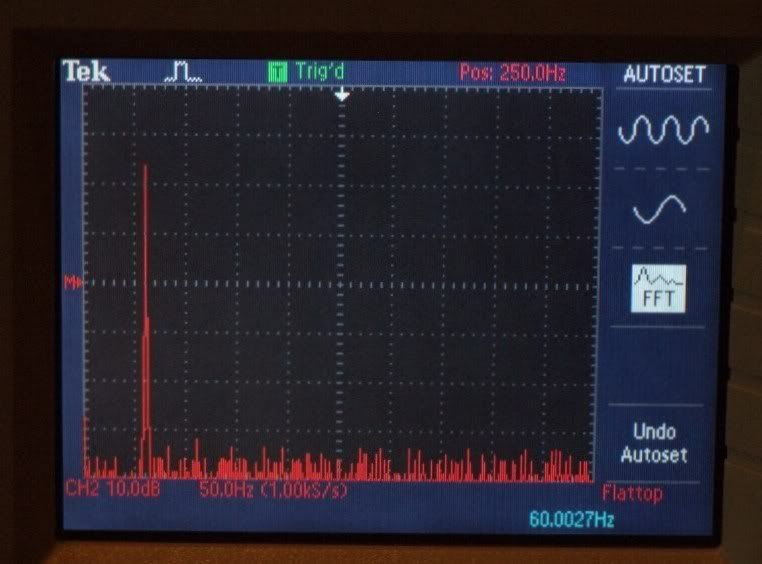
Figure 20. FFT plot of 60 Hz test tone at input of left speaker with PPP.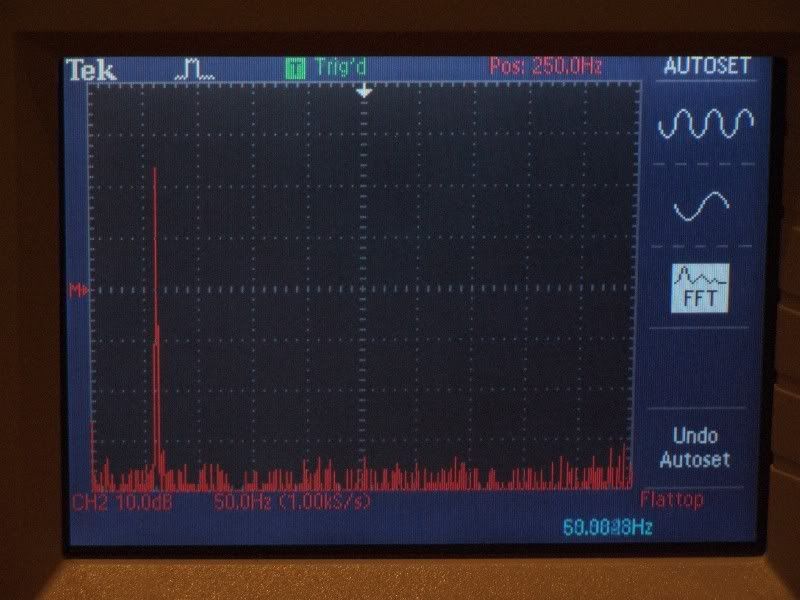
Figure 21. FFT plot of 60 Hz test tone at input of left speaker without the PPP powering source components and preamps.Proud and loyal citizen of the Digital Domain and Solid State Country! -
Discussion of Results
I thought the introduction of the PPP would be like going from a stock power cord to a high performance cord. It was more like upgrading to a bigger, more powerful amp.
Feeding the source components and preamps a cleaner power signal resulted in a cleaner music signal being fed to the power amplifiers and the speakers. I heard the following differences immediately.
1. The sound grew louder, apparently and measurably. I used to listen with the preamp set at 29 for an average SPL of 90 dB-C. I now get the same SPL with the preamp set at 26. A volume setting of 29 is now too loud.
2. The sound stage grew a little (about 1 foot) in all three dimensions. There was more of a sense of thick layering of sound in music tracks that were mixed that way (e.g. a layer of synthesizer background, over which are multiple layers of percussion sounds, over which are the principal instruments, over which are the vocals).
3. Bass, Bass,Bass,Bass! Bass is larger, sharper, tighter, more articulate, more tactile, and simply....more.
4. More clarity overall. Like going from a 100 watt light bulb to a 150 watt bulb.
5. Sharper, faster, transient response. Most noticeable on hot drum licks.
6. More liquidity in the midrange and high frequencies. Most noticeable on acoustic and electric guitars and saxophones.
7. The largest increase in weight of individual sound stage images of any "tweak" to date.
8. More recording space ambiance.
Further Study
I have been advised by Parasound to abjure forevermore the thought of putting anything, except a power cord, between the JC 1's and the wall. Based on how the PPP reacted to the three GFA-5500 amps in my home theater system, I did not plug my JC 1's into it. Furthermore, I had been advised by PS Audio that if I wanted to run a JC 1 in high bias mode off a PPP, I would need a PPP and a dedicated 20A circuit per JC 1. Reading about the experiences of other PPP owners who have tried it with high powered amps (>300 watts per channel) have not been encouraging. So, the JC 1's are going to stay connected directly to the wall, for now.
I am curious to hear how much would be gained by further improvements in the connection between the wall and JC 1. To that end, Part 4 will be an evaluation of the the present PS Audio Statement SC power cord against one claimed to be much, much better. We'll see. Um, not to be nosey or anything, but how many more of these are you planning to write?
Um, not to be nosey or anything, but how many more of these are you planning to write?
Don't worry about how much more I'm going to write. At least I'm not at the National Enquirer making up trash gossip stories about crackhead celebrities. But you'd probably applaud that wouldn't you? I look forward to reading your rebuttal article(s). ~DKProud and loyal citizen of the Digital Domain and Solid State Country! -
Addendum - MultiWave And CleanWave Features
The MultiWave (MW) feature of the PPP outputs a distorted sine wave that is claimed to improve the sound of some amplifiers and source components. With MW, according to the manual:
"...the peak charging time of the sine wave is extended to help connected equipment lower power supply ripple and therefore improve the performance."
MultiWave caused a slight veiling of the overall sound when used in my home theater and audio systems. Some people had the opposite result and love it. They say it makes their system sound more like a tube amplified system. Ok.
There is also another feature called "CleanWave". According to the manual:
"CleanWave places a series of higher frequencies that ride on the main sine wave to help "degauss" connected magnetics."
The CleanWave signal runs for 5 seconds. I ran it twice and heard no difference. I guess my gear was already clean and didn't require degaussing.:) Again, other people have commented that CleanWave does a lot for their systems and they use it regularly.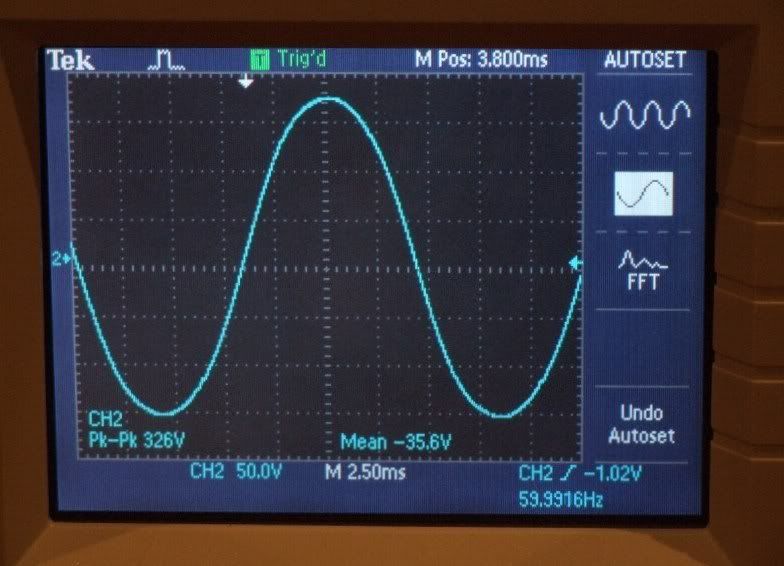
Figure 22. Sine wave plot of the MultiWave signal. There is a lot of speculation about what MultiWave actually looks like. Well, now you know.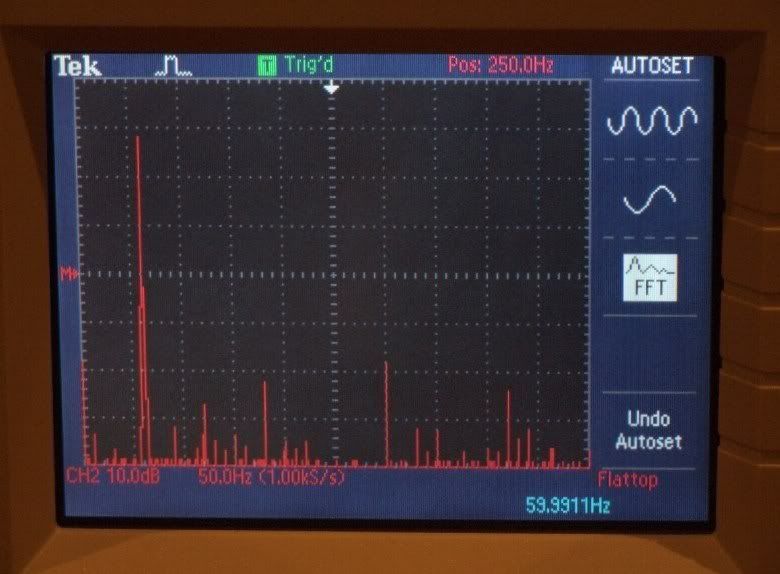
Figure 23. FFT plot of PPP regular sine wave output.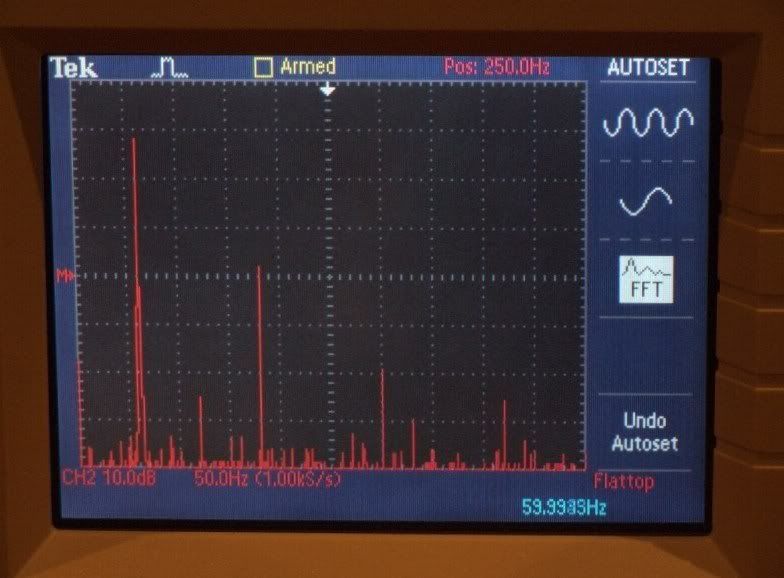
Figure 23. FFT plot of PPP MultiWave output.
Comparing the pre and post Multiwave FFT plots, we see that the MultiWave function adds back a lot of primarily 3rd harmonic distortion. I find it ironic that a device whose sole reason for being is the removal of power line harmonic distortion would contain a feature that adds harmonic distortion back to the power line.Proud and loyal citizen of the Digital Domain and Solid State Country! -
Reserved For Follow Up.Proud and loyal citizen of the Digital Domain and Solid State Country!
-
Reserved.Proud and loyal citizen of the Digital Domain and Solid State Country!
-
Great writeup Raife! I was watching for your thread. I'm not surprised by the measurements and the scope plots. I am surprised (happily) that it made such an audible impact. But, now I will have to buy more power components! Ugh!:D
A couple of questions. Why stop at the PS Audio level? There are a lot of folks on the DIY forums who are making power cords with the Oyaide terminations, crazy shielding and mechanical dampening for less money than the PS Audio Statement cords. Have you considered some of the DIY pwer cables?
Also, as you mentioned in the thread there are commercial grade power conditioners that could accomodate the JC1 transient current draw. You might have to hide it behind the rack but it is doable. Any considerations for these components? Now, I'm trying to spend your money.:D
Thanks again for you dedication to the hobby and your efforts to share it with our Forum. Congrats!Carl -
Why stop at the PS Audio level?
A line has to be drawn somewhere.:)There are a lot of folks on the DIY forums who are making power cords with the Oyaide terminations, crazy shielding and mechanical dampening for less money than the PS Audio Statement cords. Have you considered some of the DIY pwer cables?
I'm certainly interested in not spending any more money than I have to. Some of the DIY designs can come close to the performance of the major manufacturers. However, some contruction techniques, which contribute to good sound, are simply out of reach of the DIY'er and even some companies. For example, I have been amused by some of the anguished posts I have read from DIY'ers who have tried to copy Audioquest's Dielectric Bias System.
I would be very interested in reading some comparisons, subjective and quantitative, of good DIY cable designs to comparable designs from audio companies.Also, as you mentioned in the thread there are commercial grade power conditioners that could accomodate the JC1 transient current draw. You might have to hide it behind the rack but it is doable. Any considerations for these components? Now, I'm trying to spend your money.:D
The Ultra-K series of power conditioners from Controlled Power Company are popular with recording studios and some people purchase them to condition power for their home studios. The model I would need, the Ultra-K 15, has dimensions of 21.5"W x 29"D x 30"H. It weighs 410 pounds and costs $4500.
For the JC 1's, I'll stick with the wall for the time being. I would consider an aesthetically challenged commercial grade conditioner if I had a dedicated equipment closet.
Here is a pic of the Ultra-K series.Proud and loyal citizen of the Digital Domain and Solid State Country! -
Is the CPC transformer you are referring to a 15 kVA model? If so, why would you require such a large transformer for just the amps?
JC-1 Power Requirement :
- 250 watts idle 1280 watts full power into 4 Ω
I would suggest looking at BPT (Balanced Power Technologies) products for your amps or system. One BP-3.5 or BP-2.5 on a 20 amp circuit should be sufficient for both the amps. Depending on the actual power draw based on your listening habits, you may be able to power the entire two channel system from one of these.
Considering your dedication to audio lately, I would suggest the BP-3.5 Signature PLUS.
Arthur SchopenhauerAll truth passes through three stages. First, it is ridiculed, second it is violently opposed and third, it is accepted as self evident. -
P-300 since about 2000. Amazing. It produces balanced power which the new ones don't. I also feel regenerators are best used on source components only and one should only use about half of its potential to give it "headroom". It was upgraded in 2005.
Regenerators and multiple amplifiers like in my bi-amp can cause ground loops. I had one that was only audible when the system was idle. I asked on the PS Audio forum if I could lift the ground. They said sure. I knew that would reduce the audible hum which it did but I didn't know how much it would improve the sound! Wow. Everything got a little better!
I then lifted both amp grounds and got rid of the remainder of the hum. Holy crap! It's like a new system. I posted on this on another forum and Charles Hansen(Ayre) speculated that safety grounds might act as antennae for EMI/RFI. Whatever the issue the sound now has a better/bigger image, more dynamics and clarity. I did the lifting one at a time and the HF amp lift made the biggest difference of the two amps. Wow, it was like I had a new amp! And I though lifting would only rid me of the hum.
Now things are at a "whole nuvva level".............
ET
System: MF Trivista SACD > Placette passive> CJ passive horizontal bi-amp> MF 2500A(LF) MF2100(HF) > 1.2TL's
Other: Speltz silver Eichmann IC's & speaker wire, Econotweaks Detail Magnifiers, PS Audio P-300(source), R. Gray 600, Al Sekala's AC R/C filters, R. Gray HT PC's, Oyaide R-1's,WPC-Z , M-1, Herbie's & DIY Isolation
Room: Qty 7 - 4' tall 18" diam. bass traps, Qty 4 - 4' X 2' X 4" panels. All DIY - man my wife is tolerant! -
Is the CPC transformer you are referring to a 15 kVA model?
Yes, the Ultra-K 15.If so, why would you require such a large transformer for just the amps?
I don't...not just for the JC 1's. However, I anticipate moving to larger amps in the future and I want to be ok.
When I moved into my current home six years ago (back when I wasn't as dedicated to audio as I am today), providing one dedicated outlet for each audio or video system was more than adequate. I did not and could not envision back then that my two channel system, and particularly my home theater system (which until recently has always been somewhat of a stepchild) would outgrow their original power provisions.
An electrician is coming on Thursday to install two new 20 amp circuits for the home theater system. The subwoofer, and its 1000 watt amp, will have the original 20A circuit. HT source components and the center channel amp will go on one of the new circuits and they will have a Power Plant Premier between them and the wall. The front and surround speaker amps will go on the other new circuit and be connected directly to the wall. I anticipate that I may need a second PPP for the front and surround amps and that only then will my home theater be strong enough with the darque side.Considering your dedication to audio lately, I would suggest the BP-3.5 Signature PLUS.
Looks interesting. The first thing I checked was if it was available in both black and silver faces. It is. Thanks.Proud and loyal citizen of the Digital Domain and Solid State Country! -

My mind keeps going back to this picture. All these years I have been feeding my home theater system near square waves. So sad.
We will get this fixed this week.:)Proud and loyal citizen of the Digital Domain and Solid State Country! -
-
^^^^ reported.
-
-
^^^seems like spam. Reported.

